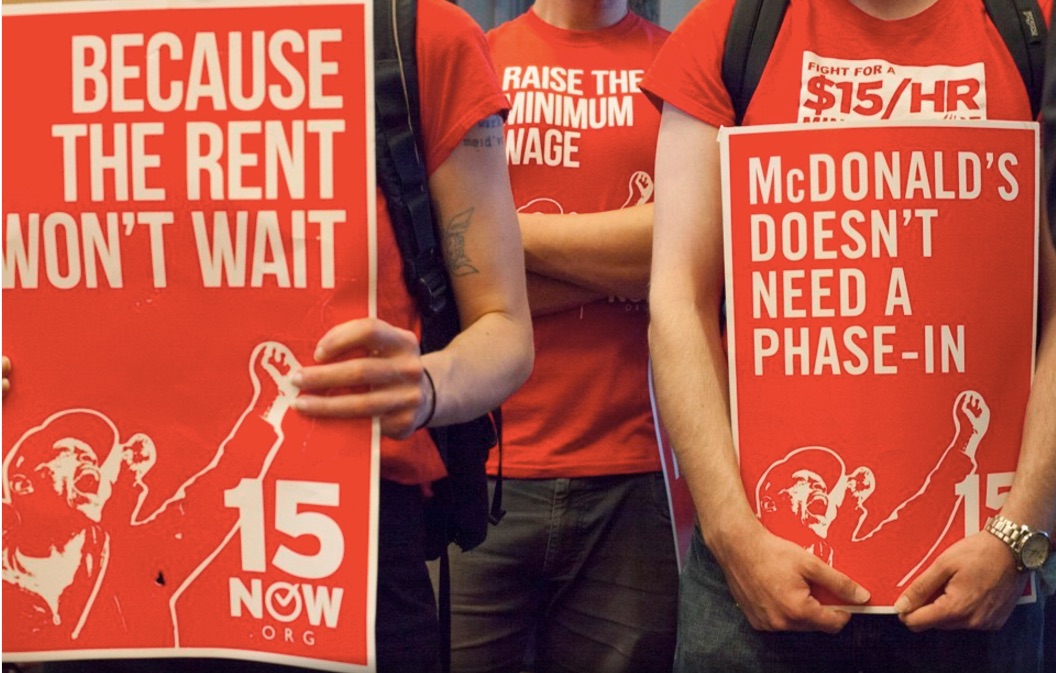From 2016 through 2020, wages crept upward at thousands of McDonald’s in the U.S.
The McDonald’s response, though, is not quite what economists would have expected.
The (Surprising) Minimum Wage Impact
Traditional economic theory suggests that employers respond to an increase in wages with fewer jobs and work hours. To find out whether tradition remains valid, two economists gathered gargantuan information from McDonald’s for five years. Their focus was McDonald’s “Basic Crew”–the group that earned a minimum wage. Their data came from approximately 10,000 outlets that were in malls, Walmarts, and freestanding. They considered 300 minimum wage changes that included 42 cities with their own minimum wages. You get the picture. They had a huge amount of data.
It all began with McDonald’s “spillover” from the minimum wage. Yes, McDonald’s raised wages when the minimum wage changed. But many of their restaurants went beyond the basics. If they had been paying more than the minimum wage before, they further elevated what a worker earned. Individuals taking home a dollar more than the previous minimum wage retained the same premium.
From here, they asked if labor saving technology paid for the extra expense. In 2017, only 20 percent of all McDonald’s had touch screen ordering kiosks whereas 75 percent had them in 2019. However, the timing of the increase did not correspond to minimum wage changes. So they concluded that even though the new equipment saved labor, its purpose was not to offset the cost of higher wages.
This is where we have our big surprise. You and I paid for the minimum wage hike. The researchers found a correlation between the price of a Big Mac and a rising minimum wage. When one went up so too did the other. As economists, we can say that there was a pass-through of the wage increase to the customer.
Our Bottom Line: The Circular Flow of the Big Mac
Usually when referring to the minimum wage, we draw a floor and display the potential for job losses that traditional economics suggests. To see our graph, do take a look at this past post’s “Bottom Line.” Today, instead, let’s just use our Circular Flow Model of a market economy to picture what is happening at McDonald’s when the minimum wage goes up.
As a model of a market economy, the circular flow illustrates the dollars and goods and services that travel around our economy. In product markets, the prices are determined for goods and services that include Big Macs. At the same time, in factor markets, we get a price for labor through markets and government minimum wages mandates.
Below, the dollars circulate around the outer arrow and the Big Macs are represented by the inner circle. As you can see, households send land, labor and capital to businesses from which they make Big Macs. Then, businesses sell those Big Macs to households.
In product markets businesses raised the prices of their Big Macs after they increased wages in factor markets:

Moving from McDonald’s to the U.S. economy (but sticking with the same circular flow model), if the federal minimum wage rises to $15 by June 2025, then product and factor markets would be affected. For the upper loop, the CBO predicts higher prices for goods and services but also it expects the lower loop will see a boost in employment and incomes.
My sources and more: Thanks to the Hutchins Roundup for alerting me to me to the new McDonald’s paper in their email newsletter. From there, the new CBO report was helpful as was a Planet Money summary of the McDonald’s paper.







“In 2017, only 20 percent of all McDonald’s had touch screen ordering kiosks whereas 75 percent had them in 2019. However, the timing of the increase did not correspond to minimum wage changes. So they concluded that even though the new equipment saved labor, its purpose was not to offset the cost of higher wages.”
Oh, is this naivete or willful blindness?
Your article said “From 2016 through 2020, wages crept upward”. Did the 2 economists consider that, the higher the minimum wage, the greater the incentive to use technology to reduce basic crew work hours? 2017 minimum wage resulted in 20% adoption, but the higher 2019 minimum wage was worth 75% adoption.
How about franchisees were waiting for the technology to mature before they chose to implement it in their locations? 2017 adoptees were blazing new trials with unproven technology. By 2019, the technology was proven enough that 75% of franchisees were comfortable with it. The slower adoption reflects a maturation of a new technology and not a lack of desire to cut worker hours.
Does implementing ordering kiosks require a reconfiguration of the restaurant? Perhaps franchisees were delaying their implementation of the technology to match their other plans for the dining area?
At the end of the day, did worker hours increase or decrease from 2016 to 2019? Isn’t that a much better measure of whether franchisees were trying to reduce worker hours?